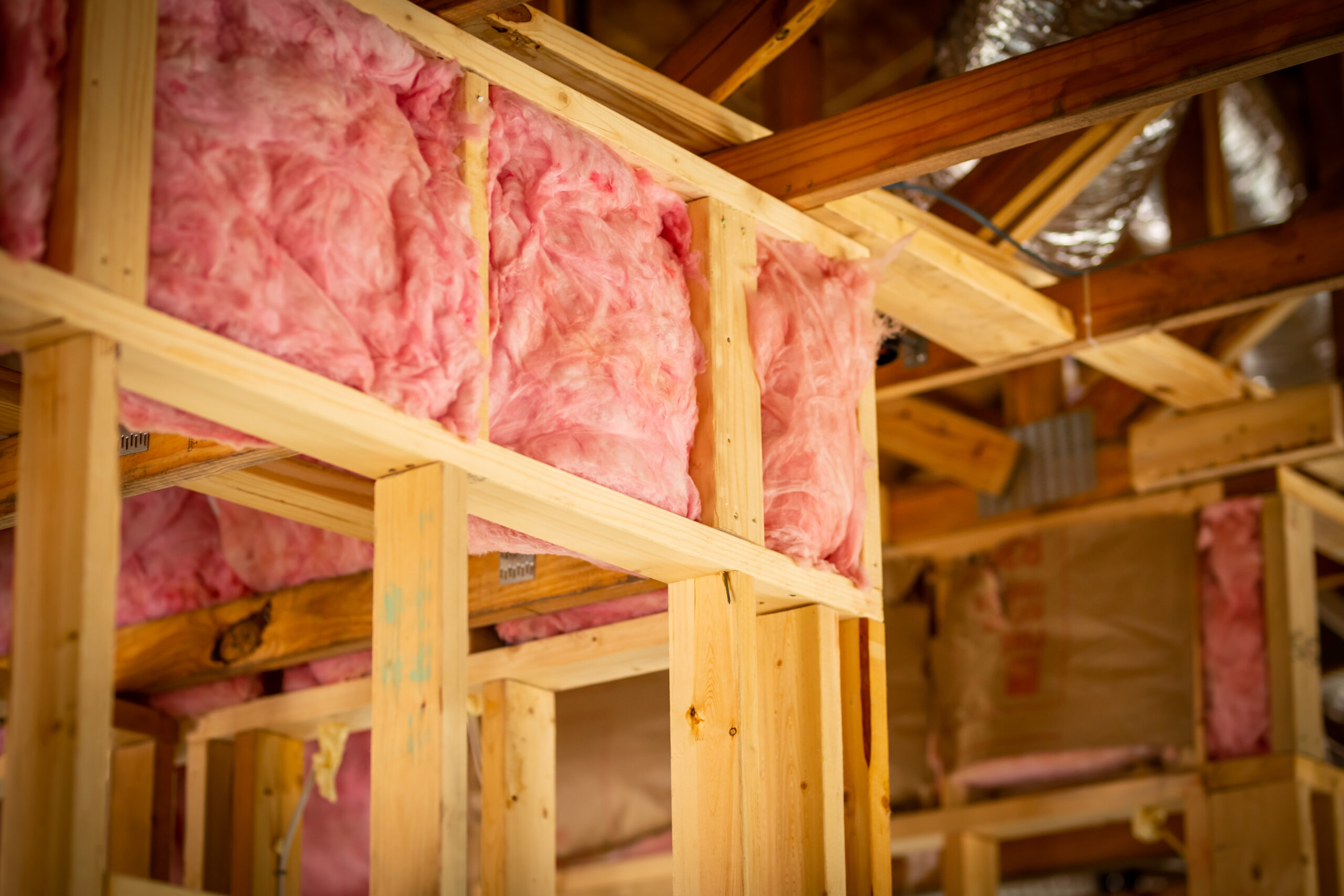Bgroho Insights
Your daily source for news, tips, and inspiration.
Insulation Secrets Your Home is Hiding
Uncover the hidden insulation secrets that could save you money and energy—your home may be hiding more than you think!
Uncovering Hidden Drafts: How to Identify Poor Insulation in Your Home
Identifying poor insulation in your home is crucial for maintaining energy efficiency and comfort. One of the first steps is to check for any hidden drafts that can lead to significant heat loss. Start by inspecting areas around windows and doors, where gaps can often go unnoticed. A simple test involves using a lit candle or incense stick; if the flame flickers or the smoke moves horizontally, you likely have a draft. Additionally, examine your attic and basement as these areas can be notorious for poor insulation, leading to increased energy bills and discomfort.
Another effective method to uncover hidden drafts is to conduct a visual inspection for any missing or damaged insulation material. Look for discolored walls or ceilings, which could indicate air leaks or moisture issues. In some instances, you might want to invest in a thermal imaging camera, which can reveal cold spots in your home that signal poor insulation. By addressing these issues promptly, you can not only improve your home’s energy efficiency but also enhance overall comfort, making your living space more enjoyable year-round.

The Best Insulation Materials for Maximum Energy Efficiency
When it comes to enhancing energy efficiency in both residential and commercial buildings, choosing the best insulation materials is crucial. High-quality insulation not only helps maintain indoor temperatures but also reduces energy costs significantly. Some of the top options include fiberglass insulation, which is known for its affordability and effectiveness; foam board insulation, which provides a high thermal resistance per inch; and spray foam insulation, which creates an airtight seal and minimizes air leaks. Each of these materials comes with unique benefits that can cater to different insulation needs.
Additionally, cellulose insulation, made from recycled paper, is an eco-friendly option that offers excellent thermal performance and soundproofing capabilities. Mineral wool insulation is another great choice, known for its fire resistance and moisture control. When analyzing insulation options, consider factors such as R-value, environmental impact, and installation requirements. Opting for any of these best insulation materials will lead to maximum energy efficiency, significantly reducing your carbon footprint while providing a comfortable living or working environment.
Is Your Home's Insulation Costing You Money? Find Out Now!
Is your home's insulation costing you money? Many homeowners are unaware that inadequate insulation can lead to significant energy loss, driving up heating and cooling expenses. According to energy efficiency experts, poorly insulated homes can lose up to 30% of their heating and cooling energy. This not only impacts your monthly utility bills but can also strain your HVAC system, leading to costly repairs. If you haven't evaluated your insulation in recent years, now is the time to find out if you're throwing money away on energy costs.
Signs of insufficient insulation include fluctuating indoor temperatures, drafts, and high energy bills. You might also notice ice dams forming on your roof in winter, which is a telltale sign of heat escaping from your attic. To ensure your home is energy-efficient, consider conducting a thorough inspection of your insulation. Investing in proper insulation can enhance your home’s comfort, lower your energy bills, and even increase your property's value. Don’t let poor insulation continue to cost you money—take action today!